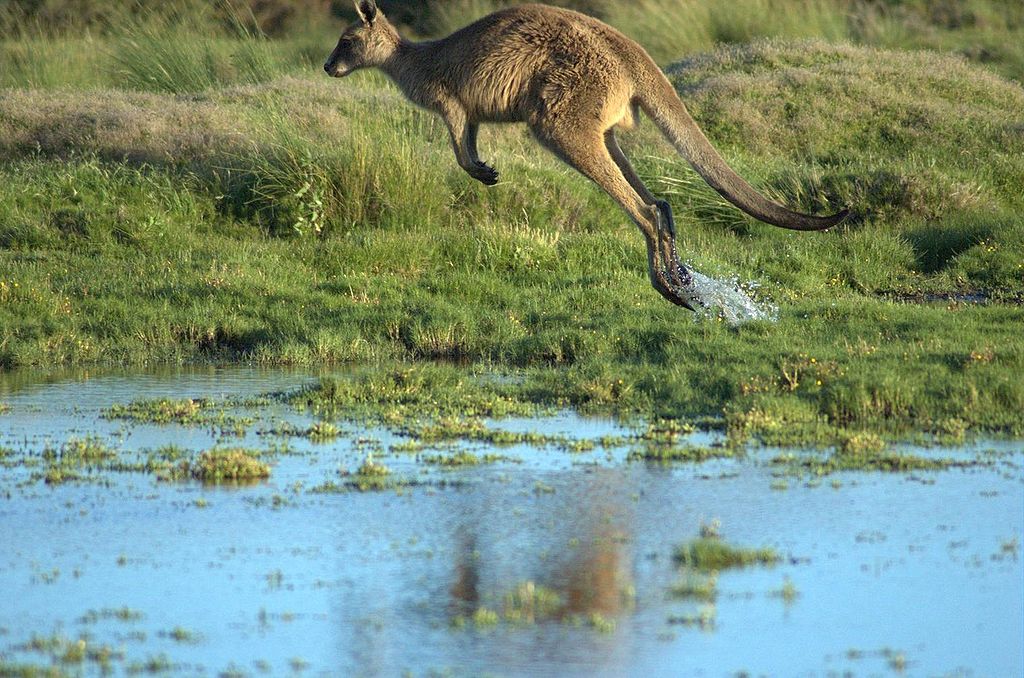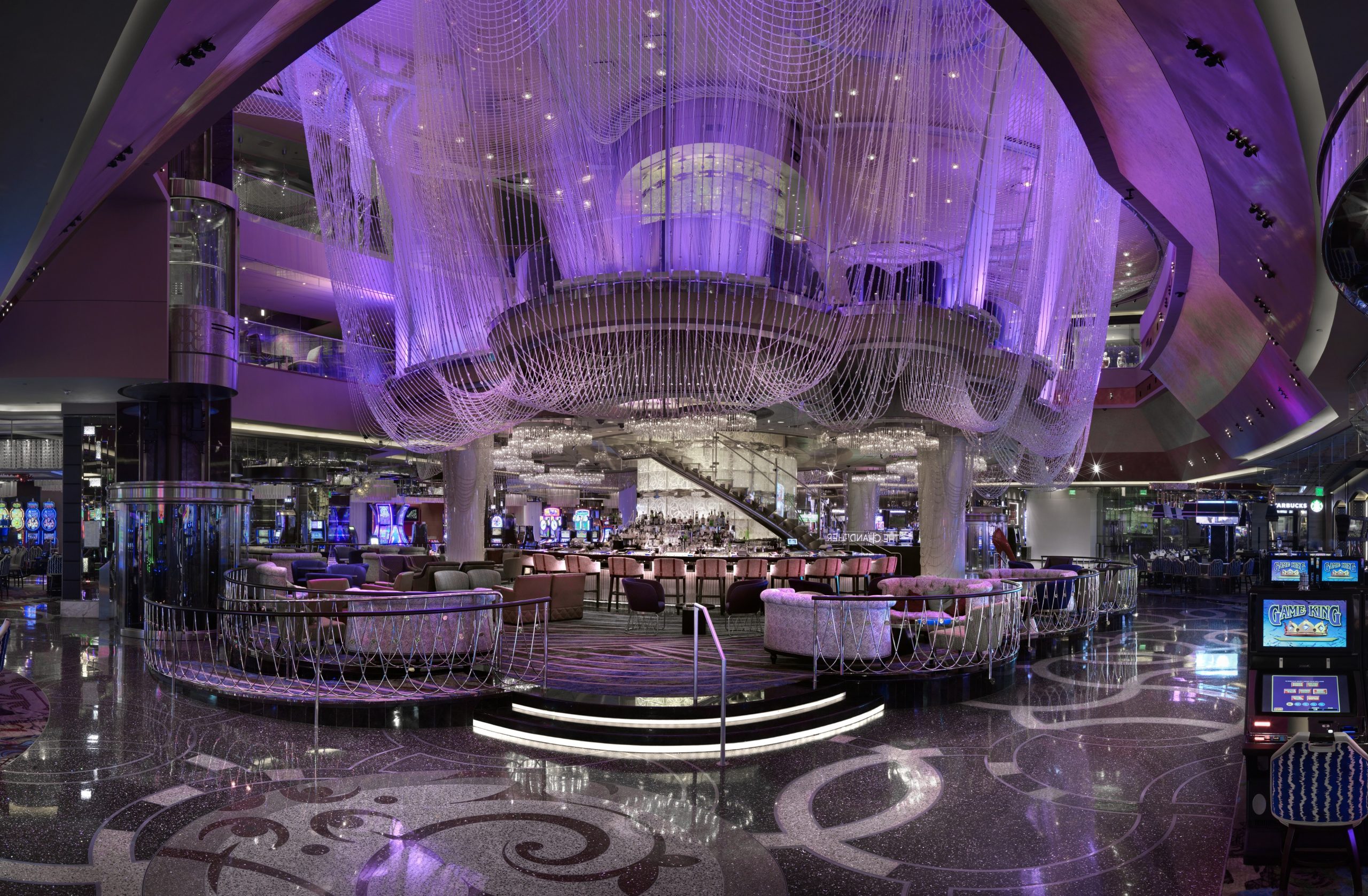Why I’m Considering Kangatarianism

It’s been 6 months since I’ve moved to Australia. I’ve held a Koala Bear, visited the Opera House, and went surfing in Byron Bay, but nothing has felt more “Australian” than when I tried kangaroo meat for the first time.
My first dish was a seemingly normal burger with aioli, lettuce, grilled onion, ketchup and tomato from Banjo’s BBQ stand at the Queen Victoria Night Market in Melbourne.

A kangaroo burger disguised as a beef burger
My immediate thought? Why, oh why, is something so cute this delicious? The combination of grilled onions and garlic aioli worked so well with the sweetness of the meat, which was surprisingly tender and not as gamey as I was expecting.
Many Australians are reluctant to eat kangaroo because of how damn cute they are, but you can easily find kangaroo fillets, burgers, meatballs, and sausages (“kanga bangas”) on local supermarket shelves.

Kangaroo meat is low in saturated fat, full of iron and zinc, and a high source of the healthy fat CLA (Conjugated Linoleic Acid). It is also environmentally friendly, producing far less methane gas than both sheep and cattle.These benefits form the environmental and ethical grounds of kangatarianism, a diet which excludes meat except kangaroo.
In 2013, a few restaurants in America hopped on the kangaroo trend, (remember Slater’s 50/50 The ‘Roo burger)? But few have experimented with the lean meat since then.
If Australia is too far to travel to join the kangatarian movement (and you’re feeling a bit brave), I challenge you to find some kangaroo meat and come up with your own ‘roocipes.
Your move Foodbeasts.






















